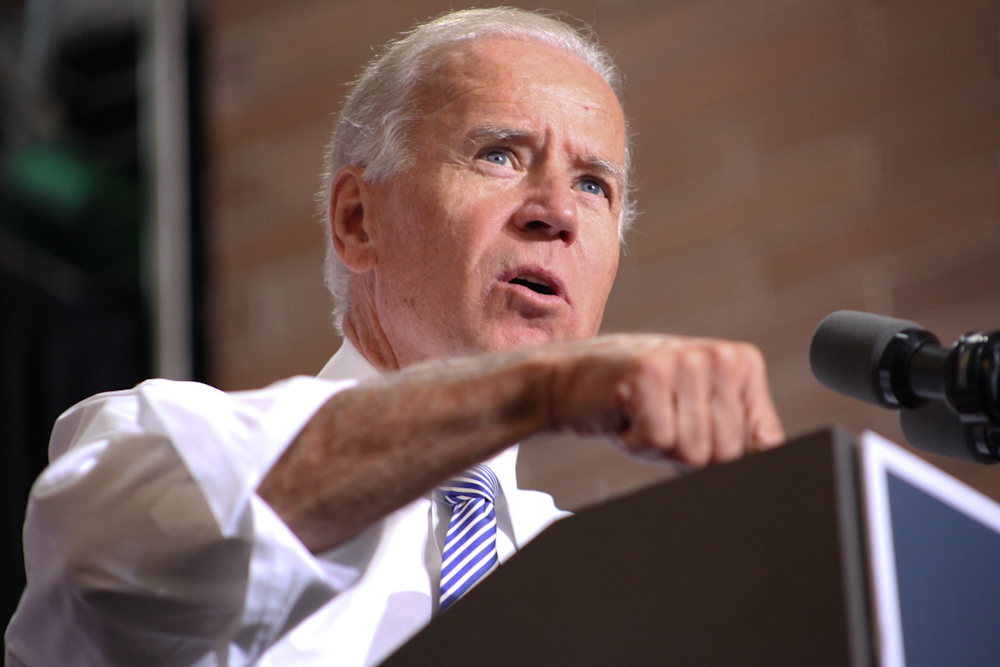
For the 2020 presidential election, Democrats want to select a candidate that has an actual chance at winning against the sitting president. Someone electable. However, there is no clear consensus on what exactly is required of a candidate for them to be deemed “electable”. Instead, the term seems to carry an ambiguous quality that everyone just agrees upon exists.
Since Joe Biden joined the presidential race, various news outlets have heralded him as the most “electable” candidate. Even Democratic voters who have mixed feelings about him believe that he has the biggest shot at beating Trump. Many attest that he has the qualities necessary to appeal to key middle-class voters in the midwest. His popular public persona and vice presidential tenure make it easier for people to actually visualize him in office. Also, the fact that he “looks” like a president, doesn’t hurt. 44 out of 45 presidents have been both white and male; these traits have become intrinsically linked to electability.
Yet, “electability” can become a self-fulfilling prophecy. The term could serve to actively exclude those who don’t fit the profile. Candidates that are deemed to be fighting a losing battle might not receive the same level of financial support and media coverage as someone “electable”. Arguably, the term itself is coded. It holds ideas of safety and inevitability – the kind of person that has won before is more likely to win again. Perhaps a white, male, middle-aged moderate? Such ideas are easily internalized and serve to bolster the confidence of those that fit the mould of a supposedly electable candidate, while obstructing those who don’t. Presidential candidate Beto O’Rourke’s tone-deaf comments claiming that he was “born to be in” the race, make this painstakingly clear.
Biden is partly capitalizing on Democrats’ desire to go back to the Obama-era. Due to the Democratic prosperity of that era, he has become associated with a sense of safety. Yet, it can be argued that he was selected as Obama’s running mate at the time as a foil to the unprecedented nature of Obama’s candidacy. Biden was used to convince voters that Obama would not stray too far from established norms. A “safe bet”, even then.
Ironically, Biden, the most “electable” candidate, has run for president twice and failed. This is not unique to Biden. Candidates that have received the label in the recent past have all had unsuccessful campaigns: John McCain, John Kerry, and Hillary Clinton to name a few. All were established political moderates, and all were beaten by candidates with a rhetoric that resonated with an electorate that wanted change. Recently, successful candidates have prospered when they have been able to tap into contemporary feelings of discontent and used that as their platform, rather than emphasized how well they fit into the establishment.
Yet, this election is historically unique. True bipartisanship on key issues is becoming increasingly uncommon, whilst political polarization is growing. In 2008, Democrats were relatively certain of a victory due to the Republican party’s post-Iraq unpopularity and felt that they could safely take a chance on an “unelectable” candidate. Now, success is all but certain. Any Democrat is seen as a better option than Trump. Electability matters more now than ever before. However, the current definition of what that means is clearly outdated.
The issue with “electability”, and its unavoidable associations with the past, is that it rarely corresponds to what voters are looking for in the present. Truly electable candidates are those that offer current solutions for current problems, rather than act as a throwback to how things might have worked before. Labelling certain candidates as clear “winners” serve to maintain the status quo, during a time when voters are tired of it. Climate change and the national war on women’s reproductive rights will not be defeated by sticking to old fashioned ideas and outdated approaches. If “electable” means “moderate,” then how are things ever going to progress?
Voting for Biden in the name of voting against Donald Trump, does nothing to further an actually progressive agenda that will make tangible change. Biden has intentionally made the earliest stages of his campaign Trump-centric, rather than focusing on policy. When it comes to key issues, he has not made his stance clear – despite being in politics for decades. Although likability and celebrity have apparently become more important than actual policy in recent years, there has to be some form of substance behind candidates. Although Trump might not have proposed realistic policy ideas, it can not be denied that he had a vision for America’s future. What is Joe’s vision? Beating Trump and uniting the country? How?
Voters have the power to determine what a president looks like – it is never a foregone conclusion. Democrats should not have to pick between winning against Trump and moving their political agenda forward. Nobody is forcing them to compromise. The 2018 midterm elections that saw an unprecedented amount of progressive female candidates win seats in Congress made this clear. In the media frenzy of the upcoming presidential election, it is easily forgotten that electability means whatever the people want it to mean. The most electable candidate is the one that rallies a range of voters and unites them under a clear vision.
Edited by Sophia Rafuse
The opinions expressed in this article are solely those of the author and they do not reflect the position of the McGill Journal of Political Studies or the Political Science Students’ Association.
Feature image by Kelly Kline via Flickr Creative Commons